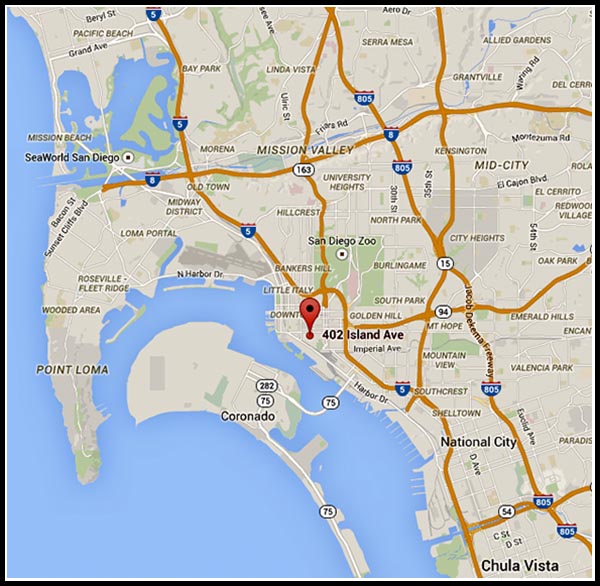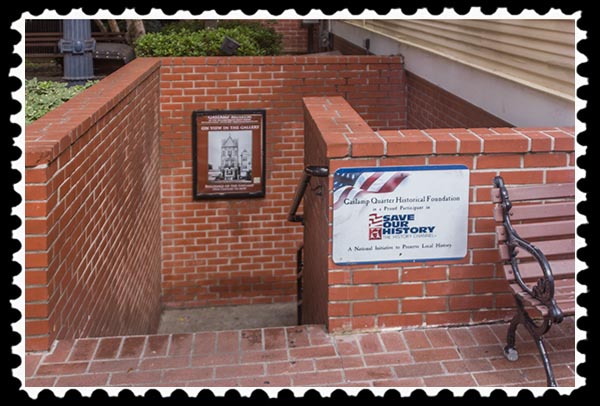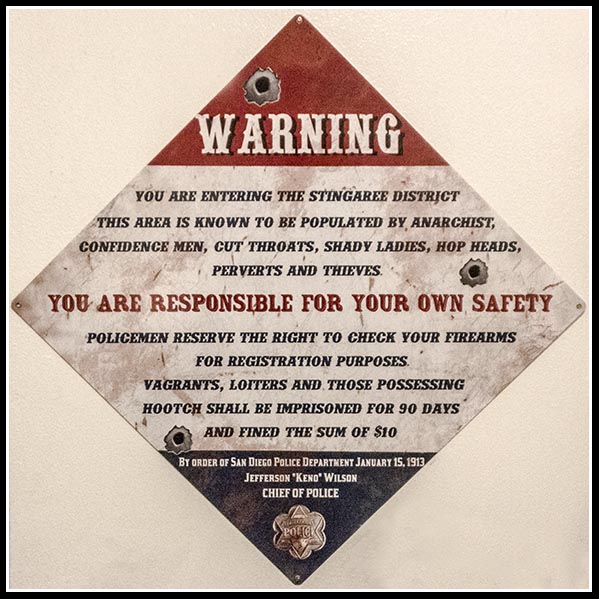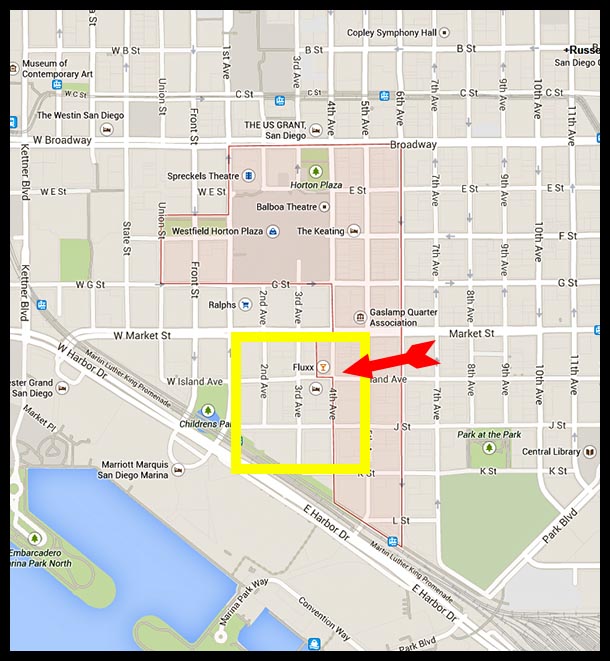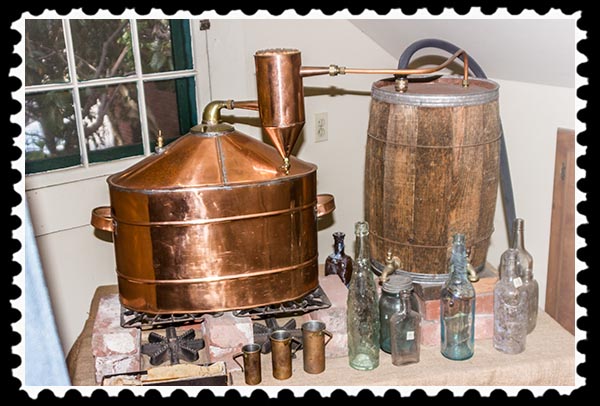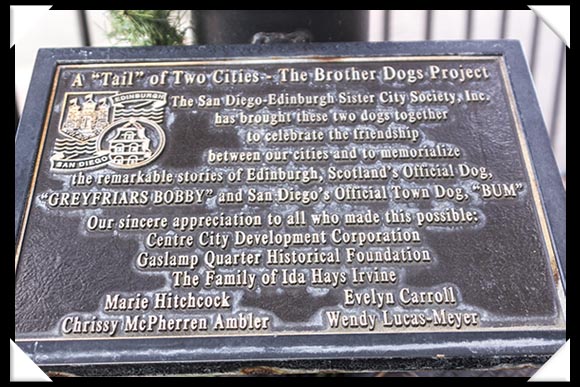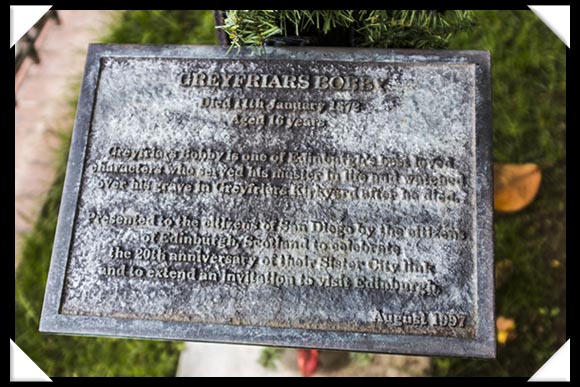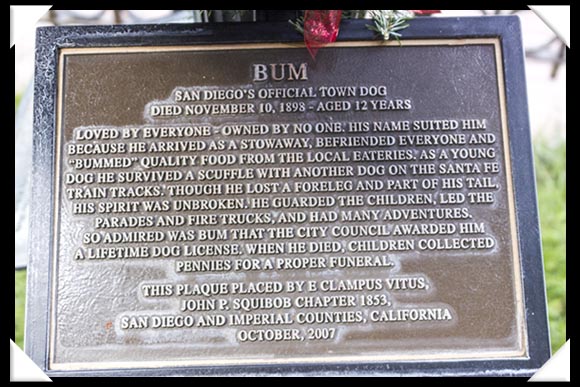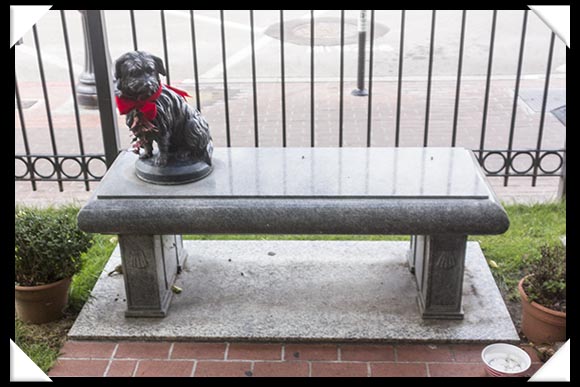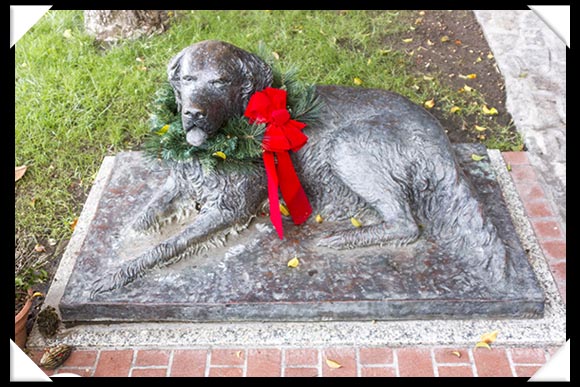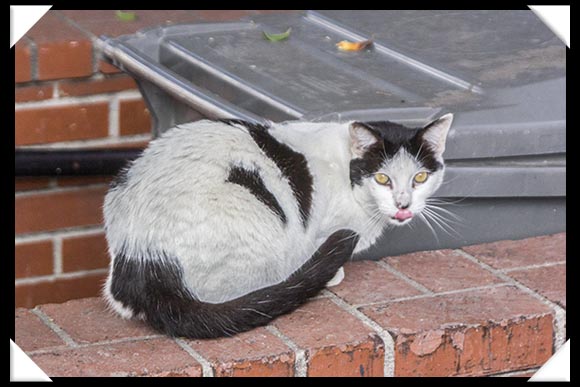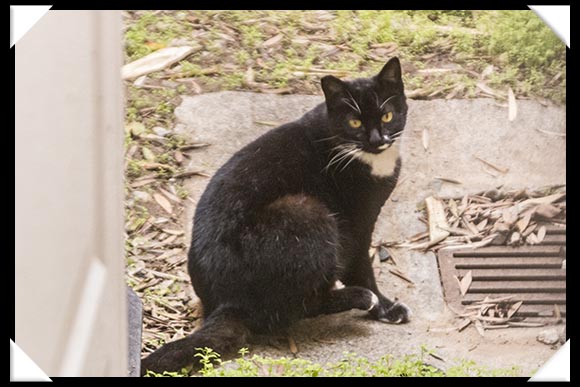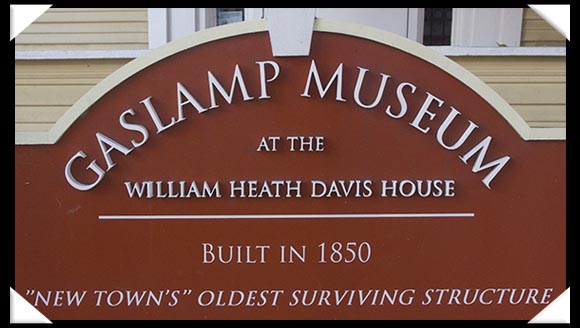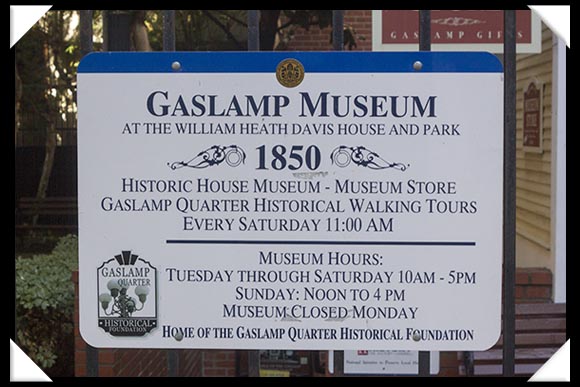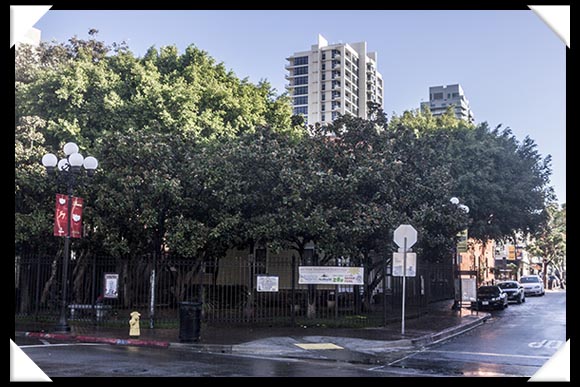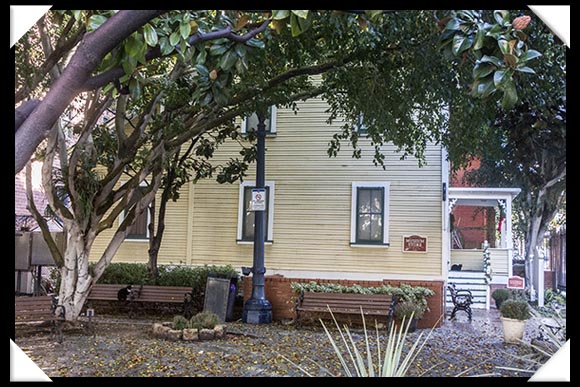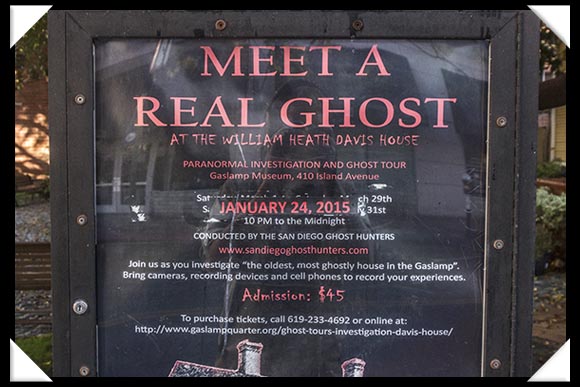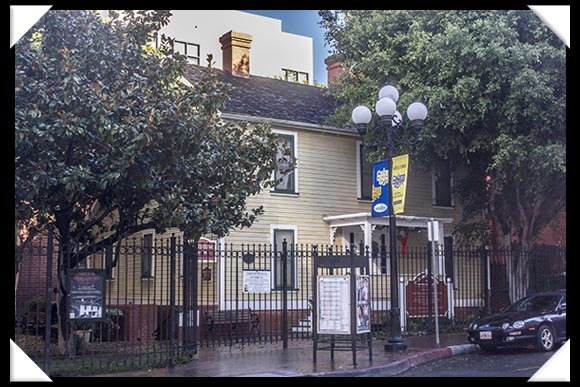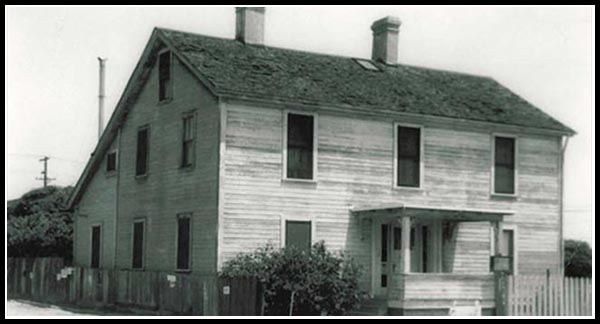For previous posts on the Davis-Horton House, see
The Davis-Horton House, part 2
The Davis-Horton House.
![]()
The Davis-Horton House is a three-story structure with a basement, and the main entrance actually is in the basement.
![]()
Two things in that picture are unusual for San Diego, and they both begin with B: Basement and bricks.
On the brick wall to the right of the entrance was a beautiful mailbox.
![]()
They don’t make ’em like that anymore.
The basement is mostly the museum store and administrative areas. There was some pretty cool stuff on the walls, most of it concerning the historic Gaslamp Quarter (remember that the Davis-Horton House is the Gaslamp Museum). This warning sign ca. 1913 was my favorite:
![]()
The Stingaree District existed mainly between the 1880s, when San Diego was booming, to a “cleanup” in 1912-1916. However, it remained a vice district until downtown redevelopment in the 1980s.
Vice districts existed throughout the West in response to the view by politicians and police that gambling, drug and alcohol addiction, and prostitution were vices that simply could not be eradicated. Thus, restricted districts were created in many cities where such vices could be practiced openly as long as they were within the district and that no greater crimes were committed. Illegal payments from the vice trades to police and politicians were common. Possibly the most famous of all vice districts was the Barbary Coast in San Francisco.
The exact boundaries of the Stingaree District are unknown, but the Health Department in 1912 identified the District as being bounded by First, Fifth, Market, and K Streets. The map below shows the current Gaslamp Quarter boundaries (red), the Stingaree District boundaries identified in 1912 (yellow), and the location of the Davis-Horton House/Gaslamp Museum (red arrow).
![]()
I thought it interesting that, on the warning sign, only one anarchist was in the Stingaree District, and I really felt sorry for “loiters,” although I’m pretty sure they are the same as loiterers. Nonetheless, jail for 90 days for being a vagrant or loitering.
Ah, but what about “hop heads” and “those possessing hootch”?
Google and Wikipedia tell me that hopheads are people who like highly hopped beer, which I deduced to mean either “highly flavored” or “high in alcohol content.” Two other definitions, though, include an alcoholic whose choice of drink is beer, and an early 1900s American slang term for a user of opium. Since sources would not be specific, I’m going to presume that in this context it means drunks.
Hootch (more commonly now, “hooch”) is an alcoholic beverage produced by distillation. Distillation purifies an alcoholic beverage by removing diluting components, so the alcoholic content is much higher than beer, wine, or cider. The best definition I found was any alcoholic beverage that has been distilled and has an “alcohol by volume” content of at least 20%. So, whiskey, rum, vodka, gin, tequila…. In other words, every time I go to On The Border for a margarita, I’m possessing a little hooch………..
When the Davis-Horton House was renovated in the early 1970s in preparation for it becoming the Gaslamp Museum, an alcove behind a cutaway wall in the study revealed a working whiskey still, a replica of which is in the museum:
![]()
Because research on the Davis-Horton House led me astray to the Stingaree District, my next post in the San Diego Historical Landmark series will be a tour of the inside of the House/Museum, originally slated to be this post. The Museum is fascinating.
![]()
For the introductory blog post
to San Diego’s historical landmarks,
click on San Diego’s Historical Landmarks.
For previous posts in the
San Diego Historical Landmarks series,
go here.
![]()
Need a unique gift?
Anniversary? Birthday? Graduation? Marriage?
Choose Photographic Art by Russel Ray Photos at Fine Art America.
![]()


